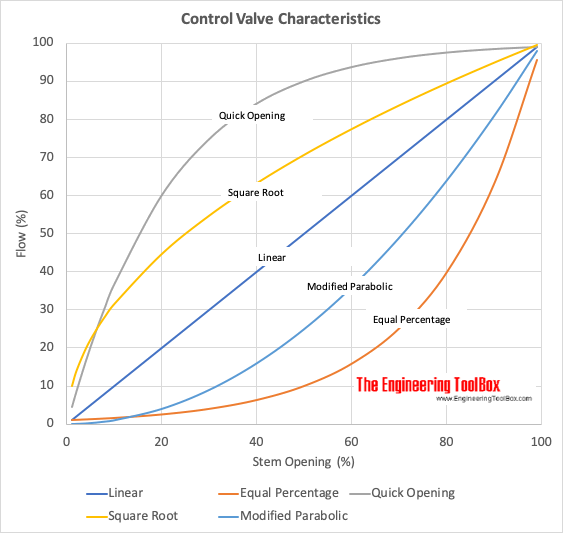Ones_Zeros
Member
Hello Everyone,
I have a fast PID loop that I was having issues with tuning it.
- The CV is a sliding stem valve
- The PV is a High pressure transmitter.
- Valve closes when pressure gets above the SP
I have the control action of the PID correct, but where the gas
pressure is high coming into the valve. I can’t seem to get the tuning
correct to keep the valve from going from all the way closed to 100% open.
I need to have the valve to operate in a manner to where it’s not going closed to slamming all the way open. It seems if the pressure gets a little above the SP it will control move smoothly but during start up when the pressure is high the valve gets a work out. I don’t think the valve will last long like this.
I have my “P” and “I” settings low and my question is for a fast loop like this should the P & I settings be higher?
I’m no PID loop tuning expert and everything I read seems to confuse me more.
I do appreciate the help
Thanks
I have a fast PID loop that I was having issues with tuning it.
- The CV is a sliding stem valve
- The PV is a High pressure transmitter.
- Valve closes when pressure gets above the SP
I have the control action of the PID correct, but where the gas
pressure is high coming into the valve. I can’t seem to get the tuning
correct to keep the valve from going from all the way closed to 100% open.
I need to have the valve to operate in a manner to where it’s not going closed to slamming all the way open. It seems if the pressure gets a little above the SP it will control move smoothly but during start up when the pressure is high the valve gets a work out. I don’t think the valve will last long like this.
I have my “P” and “I” settings low and my question is for a fast loop like this should the P & I settings be higher?
I’m no PID loop tuning expert and everything I read seems to confuse me more.
I do appreciate the help
Thanks
Last edited:





